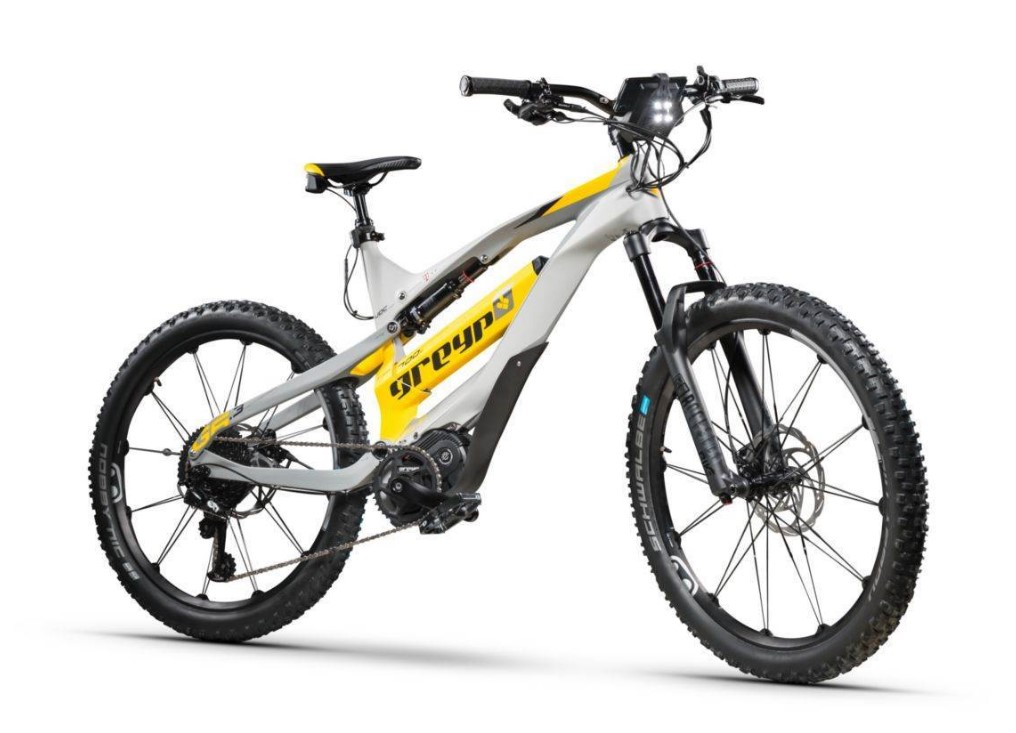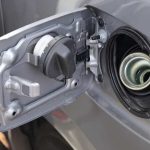Basic Information about Electric Bicycle
Riding your Yogi electric bicycle for the very first time will surely make you feel like you are discovering whole new form of superpower.
This is because electric bikes or e-bikes level up your usual two-wheel possibilities. An e-bike lets you keep up with stop and go traffic, haul cargo or kids more easily, arrive at your destination with less sweat, or just enjoy those amazing rides that would have seemed too hilly or too far otherwise.
Electric bikes originally break down to similar categories as traditional bikes including road and mountain as well as niches including folding, cargo, cruiser, hybrid, and urban bikes.

Table of Contents
Three Classes of E-Bikes
Mainly for regulatory purposes, e-bikes have also been divided down to classes denoting their motor assistance level. A key point in the decision making is identifying the specific class of electric bike that you need.
- Class 1 – Its motor will only kick in once you pedal and stop at 20 mph.
- Class 2 – This also comes with pedal-assist mode of a maximum of 20 mph as well as completely throttle-powered mode.
- Class 3 – This is mainly pedal-assist similar to class 1 and the assistance continues until you reach 28 mph.
Many new riders begin with Class 1 electric bikes. The Class 1 bikes are also the cheapest and also the most globally accepted from a regulatory perspective. You can ride this on most bike paths and on city streets. This specific class of electric bikes is also being allowed little by little on the traditional trails for mountain bikes. However, access is not always universal so make sure that you check first.
The Class 2 electric bikes are often allowed in similar places such as class 1 electric bikes. This is because these two classes top out at up to 20 mph for motor assistance. The REI doesn’t sell class 2 bikes, however.
The Class 3 electric bikes are rather popular with errand runners and commuters. Unlike class 1 bikes, these are faster, more expensive, and more powerful. The payoff with the extra perform is that it lets you better keep up with the traffic. These bikes can also handle the heavier loads and climb better. The tradeoff is that you won’t be able to ride these on most mountain bike trail systems or bike paths.

Make sure that you research about the access rules first before you decide on the specific class of the electric bicycle you will buy. Remember that the caveat here is that laws, registration, licensing, land management rules, and age limits are always changing. Always check with the land managers at the areas where you are planning to ride as well as with the local cities.
Electric Bike Motors, Batteries, and Riding Ranges
Manufacturers devote lots of attention to the bike’s power plant. The tradeoff of the design is the riding range versus performance. A motor that is more powerful offers more speed to keep up with traffic as well as more torque to haul cargo and climb hills. A more powerful motor can also burn up the battery much faster that can reduce your riding range.
If you will compare prospective electric bikes that you can buy at https://www.yogi.si, you will see broad specs for riding range such as 20 to 100 pedal-assisted miles. This is because there are a lot of variables that can affect the riding range.
Of course, it will help to have a big battery. The capacities are indicated in Wh or watt hours, the number of hours could retain 1 watt of power prior to dying. The motor power matters as well. A motor with 500 watts combined with a battery of 500 Wh, a common setup of class 3 bikes, tend to drain power faster than a motor with 250 watts paired with a battery with 500 Wh, a common setup in class 1 bikes.
Charge time for e-bike batteries
Most batteries need 3 to 4 hours to completely charge from empty and it takes longer for large-capacity batteries. You can get extra chargers or you can also carry the charger with you if you are planning to commute using your electric bicycle. There are also faster chargers available.
Number of batteries
There are also e-bikes that let cyclists to simultaneously use two batteries. It can help extend your ride’s length, giving you a backup if one of the batteries dies. You can purchase an extra battery as well to get a completely charged one ready or you can also replace yours once its lifespan ends at typically a few thousand charges.
Mounting setup of batteries
Batteries integrated to the frame can clear some space for a small bike bag or bottle cages. However, external batteries are easier to replace and charge.

Motor Location of E-Bikes
Mid-drive motors can be found on the lower bracket at the area where crank arms are connected to the frame of the bike. Hub-drive motors are found within the rear wheel’s hub, with some found on the front wheel.
Hub-drive motors
The rear-wheel hub-drive motors will send the pedal power directly to the rear wheel to give you that feeling that you are pushed along. Take note that it is more complex to change a flat on the wheel in which the hub drive has been mounted compared to changing a flat on mid-drive or standard bikes. The front-hub drive motors can handle similar to front-wheel drive vehicles, allowing a standard bike drivetrain that can be used on the bike’s rear.
Mid-drive motors
This setup is featured in most motors for various reasons. Pedal assist can respond with a more natural feel and the ride is kept stable and balanced when the motor’s weight is low and centered.
Torque of Electric Bike Motors
Torque is the spec that you need to check if you are planning to haul heavier loads or lots of hills. This is measured in terms of Newton meters with the listed maximum for electric bicycle ranging from 40 to 80 N m. However, the actual riding torque varies once the pedal assist settings are changed.

Read also next article: How Long Does a Car Battery Last?
The life expectancy for your car battery is typically between four to six years. Several factors determine how long your battery will last, for example weather conditions, vehicle type and driving habits.










